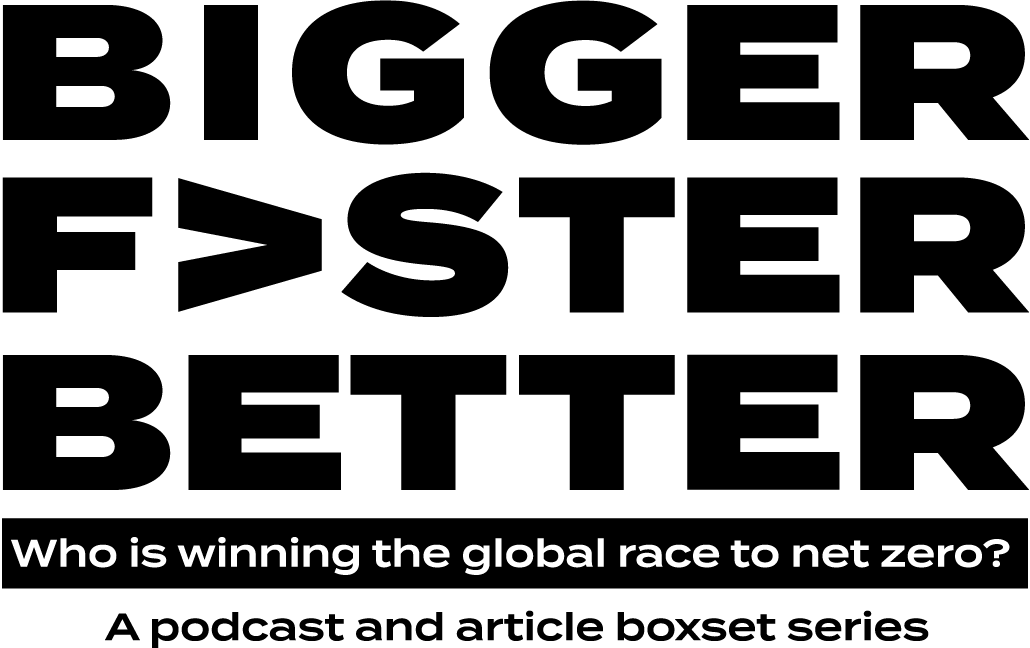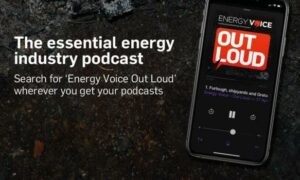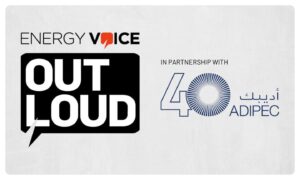
The UK and Denmark are widely considered the titans of the offshore wind industry and the third episode of Bigger Faster Better explores the outlook for this low-carbon technology as the global energy transition gathers pace.
To discuss the future of offshore wind in the UK and Denmark, Energy Voice’s Ed Reed was joined by co-host Anthony Alderman, a partner in Womble Bond Dickinson’s Southampton office, as well as Ulrik Stridbæk, head of regulatory affairs at Danish wind developer Orsted.
Significantly, both the UK and Denmark have overcome the early-stage difficulties of kickstarting offshore wind markets, but questions still remain around pricing, location, government support, and competitiveness.
Mr Alderman began by explaining how broader political support and frameworks remain vital for the offshore wind sector. “The target for net-zero and needing 40GW offshore wind by 2030, as well as the larger ambitions after that date, are still important because the desire for net zero generation, the desire for increased use of renewable and clean green electricity is the foundation stone for the demand, and without the demand there would be no reason to develop generation offshore to fulfil it,” he said.
Indeed the certainty offered by the contract for difference (CFD) regime provides an important plank in the commercial framework for developers to invest money, he added.
Mr Stridbæk noted how the dynamics of political commitment have changed. “In Denmark and in the UK, the discussion has changed from quarrelling about how much we can afford to develop and who to fund, into one of now we cannot afford not to develop offshore wind. Now it’s more a discussion about how much. How fast. How do we manage the planning, consent, the permits, how do we match the development with demand. Those sorts of things. And the risks associated with that,” he said.
“This is where political commitment still plays a huge role together with the industry to manage risks. In the UK and Denmark, we are still working hand in hand, both countries helping each other, supporting each other into taking the offshore wind industry to the new age. To the next generation,” said Mr Stridbaek.
Mr Stridbaek also highlighted some of the challenges facing the industry, particularly around demand for new sites, which has surged and triggered a rise in option fees. “One of the hardships that has to be addressed it [CL1] making enough sites available,” he said.
He also raised concerns about demand. “The great uncertainty for us as investors today is not the technology, we have mastered it, we know how to do it and it’s competitive. But the big uncertainty is demand. Will there be anyone who needs our electrons,” he said.
“Demand is becoming very political because of the electrification push for EVs and for hydrogen and for all these industrial processes. Those will also be politically driven and outside of our control. Therefore, CFDs are still very useful to help manage those risks and uncertainties,” added Mr Stridbaek.
Mr Stridbaek and Mr Alderman also discussed the two-step approach offshore wind developers face in the UK and how this compares with the more straightforward arrangement in Denmark, where the site and contract are awarded at the same time.
They also explored the arrival of the big oil companies, such as BP, that are willing to pay enormous sums of money for offshore sites, marking a truly different stage of development for the industry.
Moreover, Mr Stridbaek, underscored the need for a more holistic approach to the tender process. He believes more complexity needs to be included to help foster value creation by linking offshore wind to hydrogen, batteries, as well as sustainability demands, such as concerns for biodiversity.
Meanwhile Mr Alderman explained how technology, especially the deployment of floating wind, will also be crucial going forward. “Floating wind is vital for the UK’s further deployment given the deeper waters that we need to tap in to,” he said.
“Offshore wind in the UK has been focused on the North Sea and Irish Sea, but to exploit some areas off Scotland, the Celtic Sea, South Wales and offshore from Cornwall, where developers will be working at much greater depths, floating wind will be really important,” added Mr Alderman.
“Getting floating wind, which is really at the testing stage, up to full commercial deployment, will be crucial to utilise new areas of sea bed. Which comes back to the point of making more space available,” said Mr Alderman.
Mr Stridbaek agreed that floating wind represents a new frontier. “At Orsted, we look forward very much to engaging in that.”
“Of course, there is always room for improvement in mature technologies, such as fixed-bottom wind, but we are quite far into the maturity curve,” he added.
Looking forward, Mr Stridbaeck highlights the excitement around the technologies associated with the turbine. “We have just announced a partnership related to refuelling electric ships from offshore wind,” he added.
The structure of grids will also be an important area of development in the future and Denmark has announced plans for Energy Islands.
The world’s first energy islands will be built in Denmark, exploiting the country’s immense wind resources in the North and Baltic seas. The energy islands will serve as hubs to create better connections between energy generated from offshore wind and the energy systems in the region around the two seas.
Operating as green power plants at sea, Mr Stridbaek explains that the islands are expected to play a major role in the phasing-out of fossil fuel energy sources in Denmark and Europe.
The initial plan envisages the establishment of an artificial island in the North Sea that will serve as a hub for offshore wind farms supplying 3 GW of energy, with a long-term expansion potential of 10 GW.








